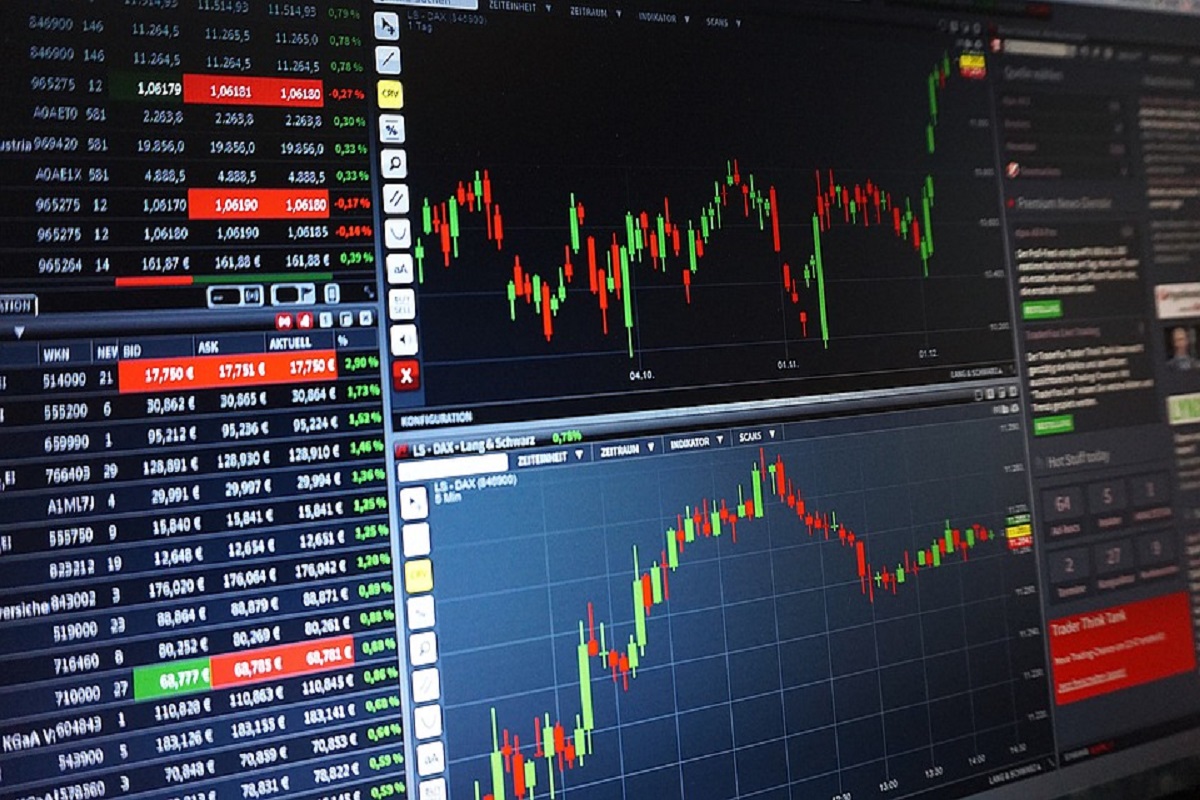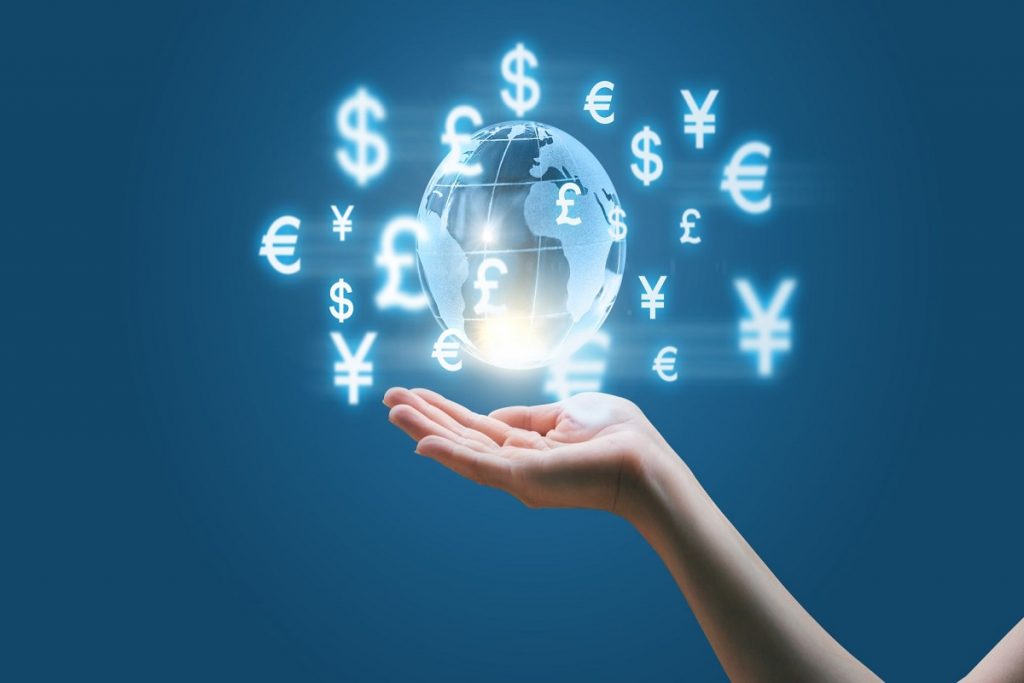The exchange of currencies (also known as FX or forex exchange, an abbreviation of the English term Foreign Exchange), is the exchange of one money for another.

Currencies in international trade:
-
- Currency exchange is an essential part of international trade. If a Chinese company wants to make a commercial exchange with a French company, the two companies are obliged to go to the currency market to complete the transaction, which involves the Chinese currency, the yuan or renminbi and the French currency, the euro.
Despite the importance of international trade, this only accounts for 2% of the total volume of activity in the foreign exchange market. The remaining 98% of Forex market operations are purely speculative.
1-Foreign exchange market of the real economy
-
- By “real economy,” we mean commercial exchanges of a non-speculative nature, in other words, international transactions that take place as a result of an exchange of goods and services across the border.
2-Speculative currency market
- This is the activity of buying and selling currencies based on the expectations of the evolution of their value in the future. A currency that speculators think will be appreciated increases their demand, which in turn helps the currency appreciate.
Thus, we can consider that speculators operate, taking into account what other speculators in the forex market are going to do. The feeling of the market, the confidence – or lack of it – that speculators have in a certain currency is what ultimately determines the value of that currency in the market, so, it is speculation, and not exchange — commercial of the real economy, which dominates the currency market.
Also Read : What is Cash Flow?
Foreign exchange:
The currency market is ruled by the evolution of the exchange rate between currencies. This type of change can
be fixed or flexible.
A flexible exchange rate is a foreign exchange regime in which the value of the currency moves without restrictions from the monetary authorities that issue it. Among this type of current, we find the euro, the dollar, the pound, the Australian and Canadian dollars or the Japanese yen, among others.
A fixed exchange rate is a foreign exchange regime that is restricted by the monetary authorities to protect the value of your currency. More vulnerable economies normally use the fixed exchange rate. The main examples of this type of policy are Russia, Brazil, or China.
The variation in the exchange rate depends on several factors, including import and export volumes, interest rates, inflation, industrial production, and other factors related to political stability.
Relevant data of the currency market:
- 1 – The foreign exchange market is the largest in the world, with a transaction volume of 5.3 trillion dollars a day, equivalent to 1.325 trillion dollars a year. In comparison, the nominal global GDP is 75 billion dollars per year.
- 2 – Approximately 40% of currency transactions in the world take place in London, although the United Kingdom accounts for only 3.4% of global GDP. In comparison, in the US, 18.9% of transactions in currency are processed.
3 – The five most used currencies in international payments are:
- US Dollar. (44.6%)
- Euro (28.3%)
- Pound Sterling (7.92%)
- Japanese Yen (2.69%)
- Chinese Yuan (2.17%)
4 – The forex market moves every 14 days a volume of currencies greater than the global GDP.
5- The forex market is 28 times greater than the global stock market.
Also you can find more helpful resources at Marketing2Business.


